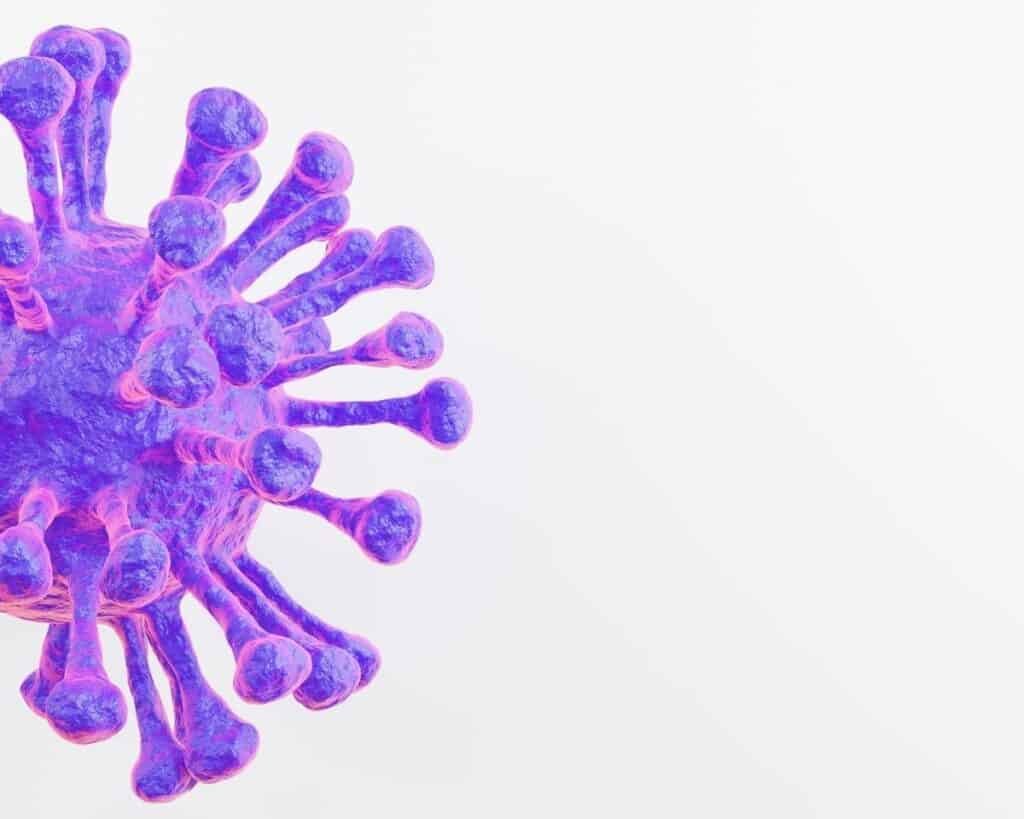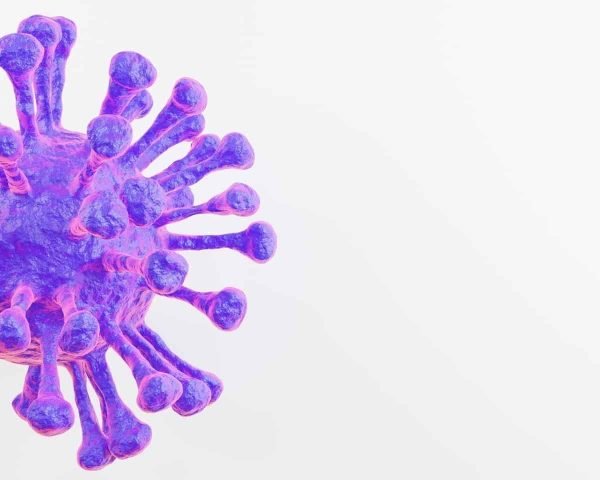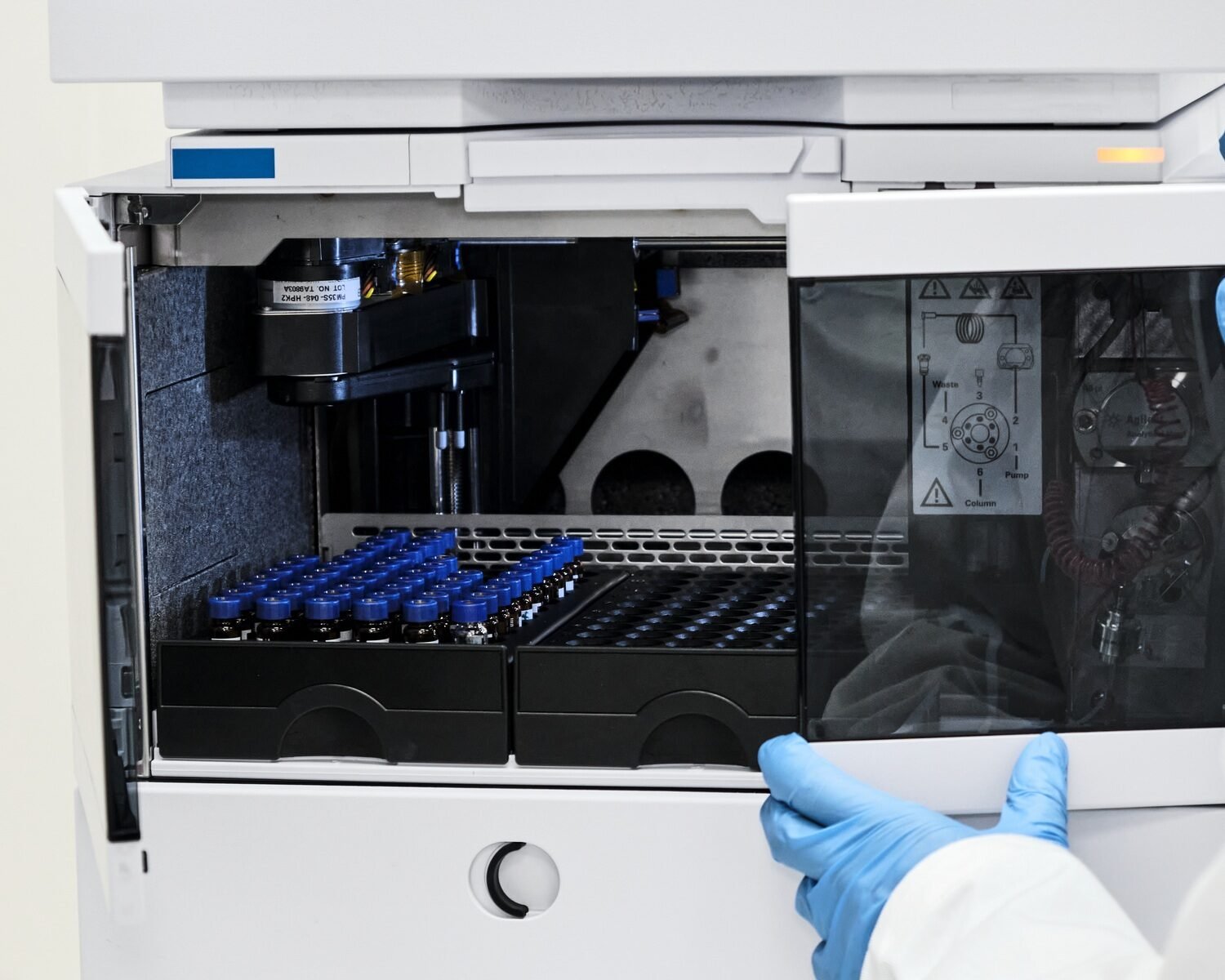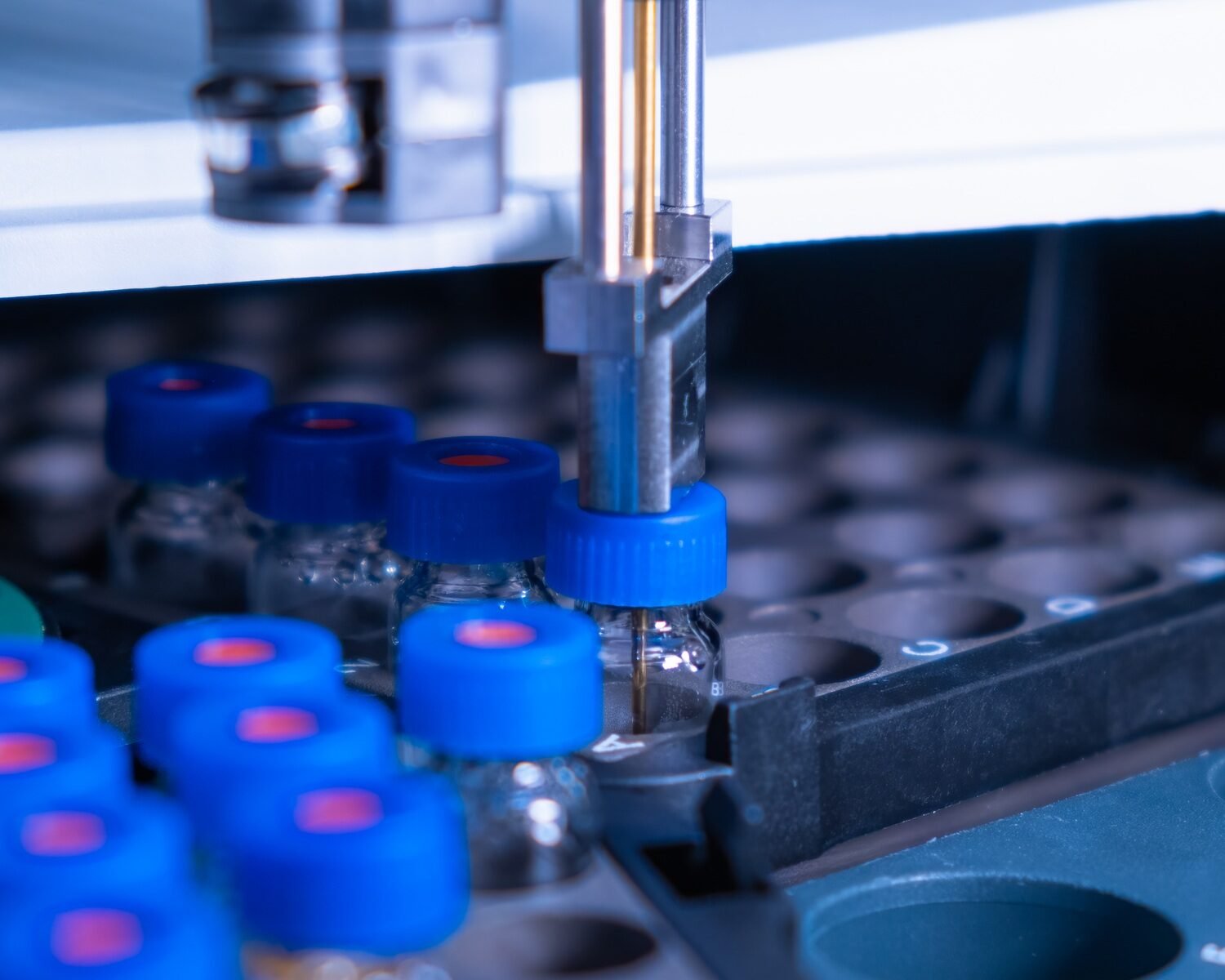
If you remember the start of the COVID, you’ll surely remember how hard it was to detect it for the entire population. In the first weeks, many laboratories decided to join forces to find affordable detection methods and treatments.
One of the many ways that we can now use to detect COVID-19 is chromatography. If you, like us, are passionate about this field, keep reading! We prepared for you an extensive guide to use chromatography for COVID detection.
How Did It All Start?
It is well-known that there was a discovery of a cluster of unexplained pneumonia cases in Wuhan, Hubei Province, China, in December 2019. Scientists have been working on learning more about the virus.
So did we!
It is a coronavirus known as the severe acute respiratory syndrome coronavirus 2 (SARS-CoV-2). The disease it causes is COVID-19.
According to the World Health Organization, the virus is the eighth coronavirus known to infect humans. It belongs to the same family of viruses that caused the SARS outbreak in 2003 and the MERS outbreak in 2012.
And while it all began with the SARS outbreak, COVID-19 is the one that we have been preoccupied with for over two years now.
Researchers in nations all over the globe rushed to develop tests and methods that would allow doctors to diagnose patients. As well as a test that would enable doctors and regulators to assess how far the illness has spread. This is especially relevant given a large number of asymptomatic viral carriers.
Let’s find out more about the antibodies, and then the detection of the COVID-19.
Antibodies are Important Protectors in your Life!
One of the characteristics of the illness is the significant number of asymptomatic cases. That is why we can’t depend on the number of people who arrive with symptoms at hospitals to estimate the epidemic’s scope.
As a result, researchers have been seeking a way to test for antibodies to COVID-19.
If you have antibodies to COVID-19, you have had the illness, even if you were asymptomatic.
Your body creates antibodies naturally to aid in the battle against diseases. Think of them as your body’s shield of defense.
SARS-CoV-2 IgM and IgG antibodies are the two crucial ones to detect the presence of COVID-19 in any given individual.
When infected with COVID-19, your body produces IgM antibodies early on. On the other hand, IgG antibodies will appear after the illness has ended. By discovering the amount of each in your patients’ bodies, you will know whether they are currently going through the disease or have successfully passed it.
Applications of Chromatography in COVID-19
There are several uses of chromatography in COVID-19. Here is the description of a few of them:
1. The SARS-CoV-2 Spike Protein Can Be Accurately Identified Using RPLC
2. Remdesivir and the Application of Liquid Chromatography-Mass Spectrometry
3. COVID-19 Diagnosis by Chromatography in a Breath Test
Now let’s talk about each one.
RPLC as an Effective Tool for Identifying the Spike Protein in SARS-CoV-2
Because of its central role in viral pathogenesis, the SARS-CoV-2 virus’s spike protein has piqued researchers’ attention as a vaccine target.
There are two spike proteins – glycopeptides and glycans.
There was a lot of research going on to find out the spikes of those proteins. But, only reversed-phase liquid chromatography (RPLC) could provide novel analytical insights.
If we understand the spikes in the protein, we can understand their function and structure.
And with that, we can start developing medicines more effectively.
Two mobile phases are modified with difluoroacetic acid (DFA) and formic acid (FA). With them combining, there was a great discovery made!
By combining chromatography and mass spectrometry, DFA improved the resolution method. Of course, while maintaining the compatibility of mass spectrometry.
Through all that, scientists achieved:
1. Triple increase in gradient peak capacity, and
2. Improved resolution of less common proteoforms.
This helps us understand that we can obtain more info by altering chromatographic procedures.
For example, we get more comprehensive analytical data on structural aspects of the SARS-CoV-2. Also, it can assist in the creation of better treatments and vaccines.
Remdesivir and the Application of Liquid Chromatography-Mass Spectrometry
Remdesivir is an antiviral drug that is effective in the treatment of COVID-19.
Initially, it was a drug to help those with the Ebola virus, but it showed effectiveness against various RNA viruses. It is also effective against MERS (a precedent coronavirus).
The research followed all EMA requirements and provided a novel method for measuring the concentrations of Remdesivir and its metabolite GS-441524 in blood plasma that was both successful and effective.
As a result, laboratories can get important analytical data for prospective COVID-19 therapies in the future by combining liquid chromatography with mass spectrometry.
COVID-19 Diagnosis by Chromatography in a Breath Test
Developing point-of-care assays that do not need lab help can help speed up diagnosis. Of course, while also protecting employees from COVID-19 exposure.
In December 2020, scientists and researchers made a technique for fast diagnosis. It is possible with the help of gas chromatography-ion mobility spectrometry.
Keep reading to get an in-depth dive into chromatography as an essential tool for COVID-19 diagnosis!
Chromatography as a Tool for Identifying COVID-19
The InspectIR COVID-19 Breathalyzer was first approved by the American FDA (Food and Drug Administration). Its mission is to be applied for emergency cases, and it uses GC-MS (gas chromatography gas mass spectrometry) technology.
It works by separating and consequently identifying specific chemical combinations. Through exhaled breath, it can detect up to five VOCs (volatile organic compounds) that are directly connected with SARS-CoV-2.
The positive test results returned, then confirmed with a molecular test. The molecular test comes after the Breathanalyzer detects COVID. It is always better to be completely sure!
According to the FDA, the InspectIR COVID-19 Breathyanalyzer is portable and fits everywhere, since it’s not bigger than a regular cabin luggage piece.
It can fit in any lab, so it is very welcomed in laboratories across the world.
Those compounds we mentioned before are often linked to the coronavirus in a person’s breath. Using gas-chromatography, gas mass-spectrometry scientists will deliver results in three minutes.
The test has a 99.3 percent specificity rate in a trial of over 2,400 people, including symptomatic and asymptomatic individuals. Specificity rate indicates the percentage of negative results that were correctly identified.
The FDA also said that the InspectIR COVID-19 Breathalyzer has a sensitivity rating of 91.2 percent. That indicates how many positive test results were successfully recognized.
But, according to the health authorities, you should then confirm the diagnosis with a molecular test. It guarantees that the test is positive and that there is COVID-19 in a person’s breath test.
Conclusion
There are many ways to detect COVI-19 in our bodies, and chromatography is one of them.
Now that over two years have passed since the first outbreak, we can all say that we are happy with the amount of identifying tools at hand.
Chromatography is widely used, so it’s not surprising that identifying COVID is one of the main chromatography functions in our current era.
While we covered very specific data connecting chromatography with COVID, there are a few more questions to be answered. Keep reading and make sure to send us your questions too!
Frequently Asked Questions (FAQ)
Here, you will find some questions related to chromatography in COVID-19.
Let’s start with the questions!
What Does a Covid Markers Test Entail?
In the case of COVID-19, the monitoring packages include:
1. CBC with Neutrophil to Lymphocyte Ratio,
2. IL6,
3. cardiac troponin,
4. D Dimer,
5. ferritin,
6. CRP,
7. PT,
8. LDH,
9. Albumin,
10. liver enzymes (SGPT),
11. creatinine,
12. and ESR
That is a lot of stuff, huh?
Is There a Range of COVID-19 Diagnostic Tests Available?
COVID-19 diagnostic tests available directly to the public are divided into two categories:
1. Polymerase chain reaction (PCR) assays are examples of molecular testing.
2. Antigen testing, sometimes known as fast tests.
However, as mentioned above, there are many more detecting tests that can be carried out in the laboratory using chromatography.
What Are Some of the Volatile Organic Compounds We Can Analyze?
Acetone, acetone/2-butanone cluster, and 2-butanone were all found in ketosis.
Ethanal, propanal, octanal, and heptanal are used to treat inflammation.
In addition, methanol monomer and dimer have gastrointestinal effects.
This is a work in progress. When more GC–mass spectrometry (MS) data becomes available, scientists expect a refined pilot panel of volatile organic chemicals (VOCs).
There is a biomarker evidence basis as a rate-limiting phase in the process. What are the problems and approaches being used, and what is required to resolve this bottleneck?
Standardization of:
1. sampling,
2. analytical procedures, and
3. data pipelines are critical in breath research and analysis.
In recent years, research and development have been on identifying and defining the best approaches and procedures to apply.
The community of breath researchers needs to unite their efforts and begin creating digital biobanks of breath data. It will start to proceed considerably more quickly once this has been completed.











